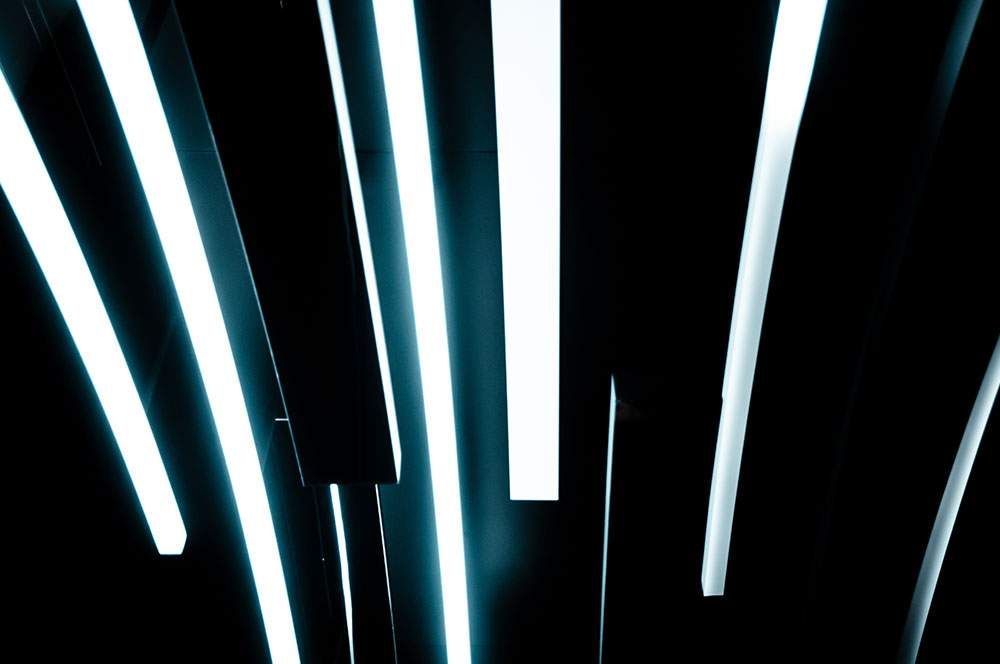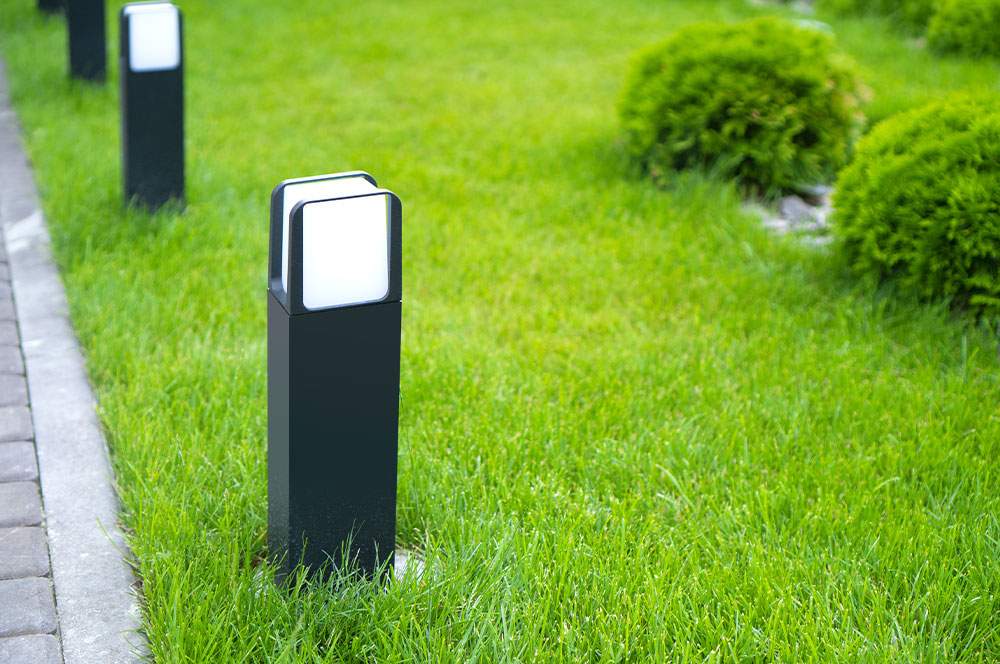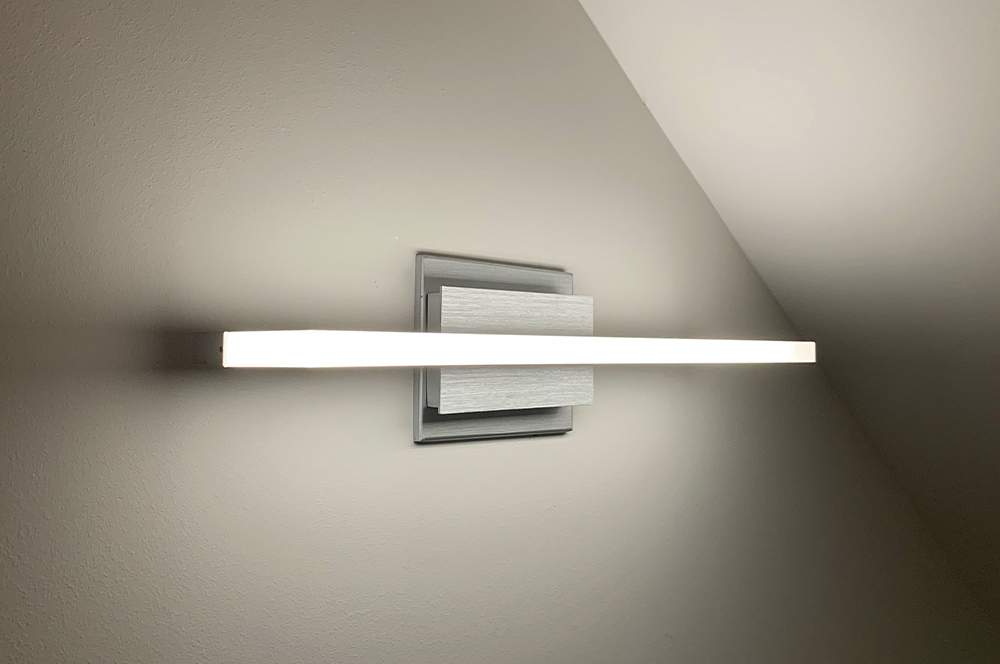How Long Do LED Lights Last?

Proper lighting is one of the crucial factors of increased productivity and effectiveness. If you are running a business and have employees, you should know that the lack of lighting can lead to a general lack of motivation among workers. There are numerous benefits of using LED lights for business. For employees to work properly, lighting is one of the essential. If not the essential condition they simply need to function. When talking about lighting, it seems that opting for Led lights is a much better choice than conventional lighting for multiple reasons. One of them is an increased bulb lifespan. But, it’s not that easy to answer the question of how long do LED lights last? If you want to learn about the answer, check out the following text below.
Lifespan
LED lights are widely known for their very long lifespan. Many manufacturers print the expected life of the bulb directly on its packaging. That can severely range (from 5 to 20 years). However, even though the manufacturer printed out the expected lifetime, there is more to it than their estimate. There are numerous factors that can severely influence the lifespan of the LED. That includes high frequency of use, heat, and improper operating of the LED. So, now that we know that the answer depends on multiple factors, let’s talk about how long do LED lights usually last?
In reality, the lifespan of the LED typically falls in a range of about 4 to 6 years. For example, a LED light could last up to 10 years. But, if it’s frequently used outdoors, it can last no more than 8 years. Especially when talking about very hot temperatures. On the other hand, the same LED light can last even 12 years if it’s kept in room-temperature conditions and rarely used. However, we must state that even if the LED light reaches the “manufacturer’s” lifetime, it will experience a luminous decay, thus reducing the light output of the LED light. Therefore, you can see that answering the question of how long LED lights last isn’t that simple. We need to take a couple of factors into consideration first.
The Use
The LED’s lifespan severely depends on how it’s used in terms of application, area, current, frequency of use, and temperature. The manufacturer’s estimate shouldn’t be taken too severely before thinking about all the crucial factors that can severely influence the LED’s lifespan. There is no precise way for the manufacturer to give out an exact estimate. The lifespan printed out on the packaging shouldn’t be taken too seriously. Instead of taking the estimate too seriously, the best way to give out an estimate on how long will the LED light last is to think about it in two ways. First, if the light is used with approximate commonness and in similar circumstances, the chances are it will last longer than the estimate.

On the other hand, if there are any substantial differences in the frequency alongside circumstances, there can be a significant decrease in the bulb’s lifespan.
Heat
If the light is exposed to intense heat, this can dramatically reduce the lifespan of the bulb. LEDs are actually electronic devices, and like all electronic devices, they are very susceptible to extreme heat. Generally, LED lights are made to be held and used at room temperature, which ranges from 60 to 80 degrees. Even though they can be used in a shed, outdoors, or in a garage. However, if we want to talk about ideal conditions, most LED lights function best if the temperature remains below 75 degrees (but not too low). If the LED is exposed to extreme heat, the temperature in all the elements making LED lights also increases. That has a severe effect and accelerates the degradation rate of all the diodes.
In contrast with popular belief, cold weather doesn’t reduce the lifespan of LED lights. Cool temperatures actually help with prolonging the lifespan. So, LED lights are great for a colder environment and will usually last way longer in colder conditions. Of course, this doesn’t apply to extremely cold areas.
Prolong their Lifespan
The best way to prolong their lifespan is to turn them off when not in use. Although LED lights have a way longer lifespan than conventional incandescent lights, it’s still essential to make the most out of them. For instance, turn them off before bed and turn off the outdoor lights. Although this step might seem obvious, you’ll be surprised it really goes a long way. However, as simple as it seems, turning lights off when they’re not in use can prolong their lifespan. Every moment that the light is on shortens its lifespan. So, doing something simple like turning off the light whenever it’s not in use can severely prolong the lifespan.

One of the best ways to make sure that all the lights are turned off when not in use is to invest in the chosen smart home system. Or even some light system with scheduling capabilities that allows the user to set the exact time when the lights automatically turn off. That way you can be convinced that you’re not wasting money.
We must state that in comparison with incandescent and halogen bulbs, constantly turning the LED lights on and off has no impact on their lifespan. The LED will continue to function, and turning it on and off will not influence the overall light’s lifespan.
Warranty and Guarantee
If it happens that your LED light burns out prematurely, it is important to check the manufacturer’s warranty and guarantee. In dependence on the product, a LED light might have a warranty and guarantee that states the lifespan of the light. In most cases, LED lights and warranties last for somewhere between 3 to 5 years. So, if it happens that the bulb lasts longer, it falls into the expected failure range.
Although these warranties are very helpful, it is not very beneficial to claim the warranty for only one burnt light.